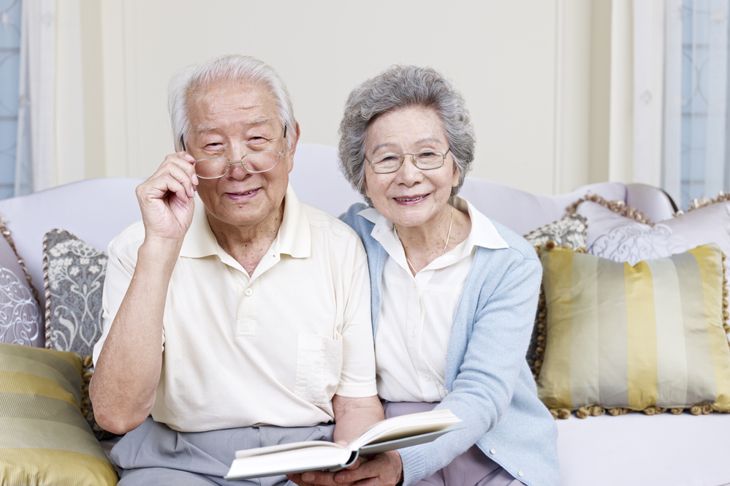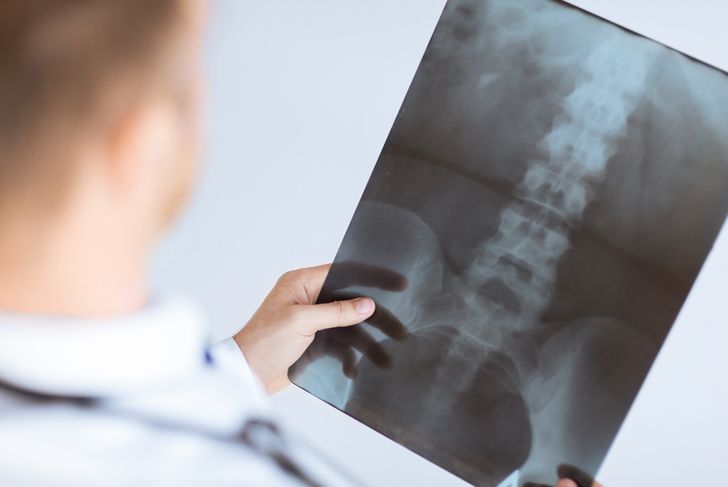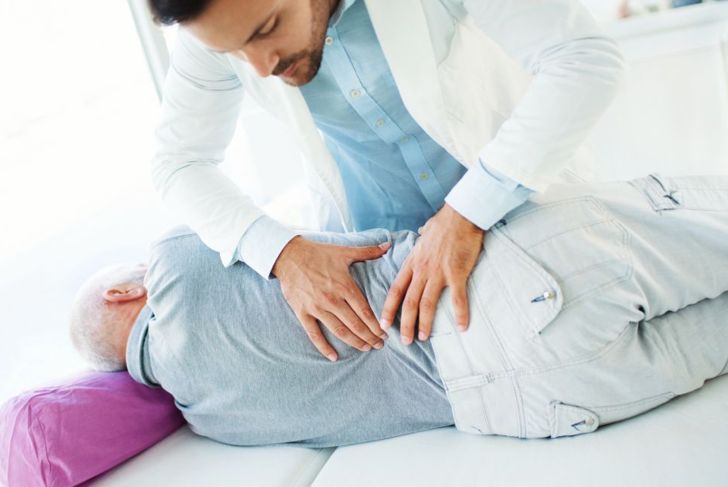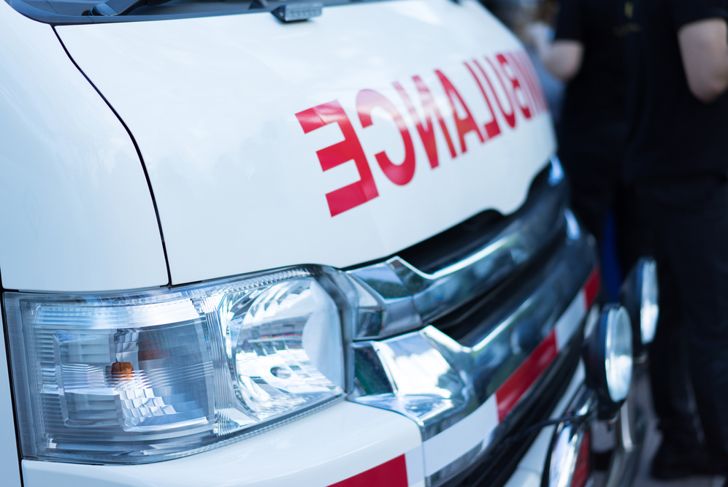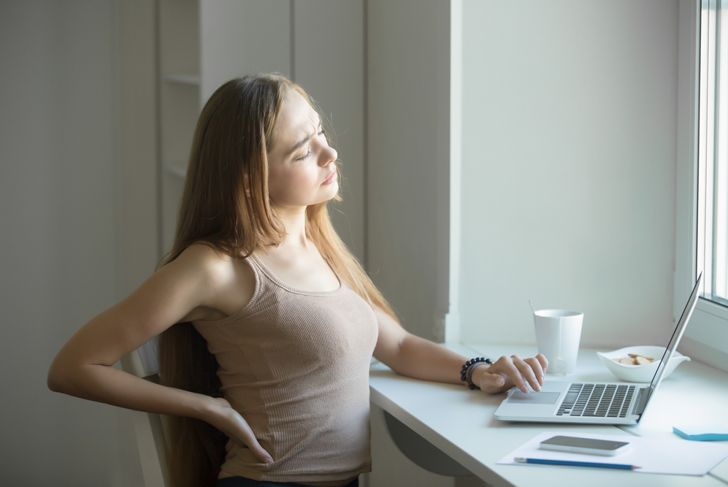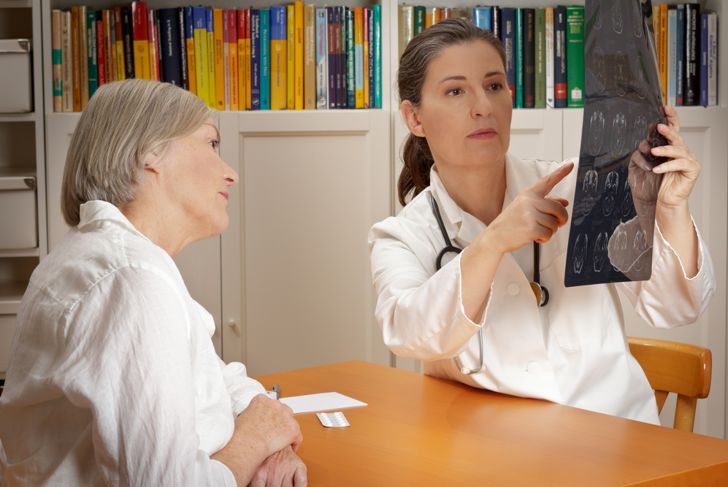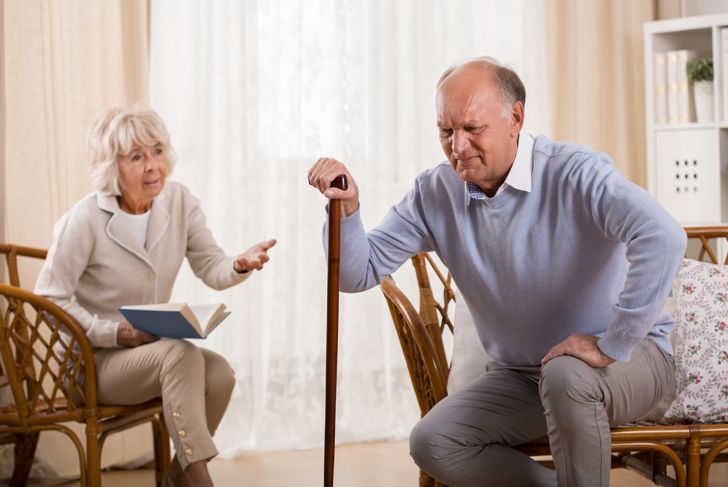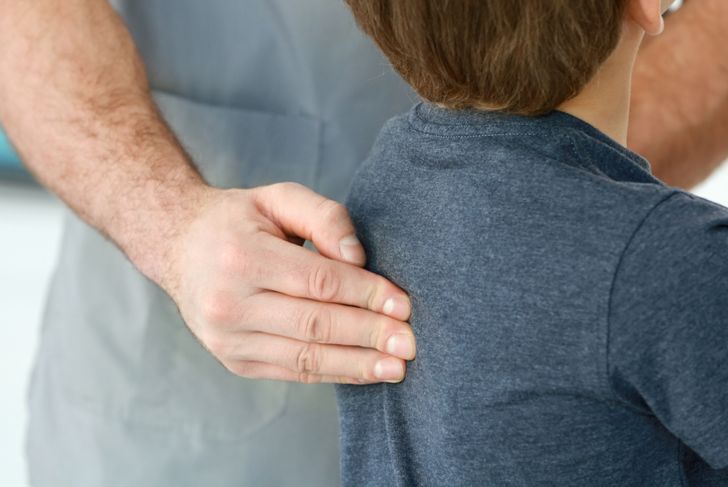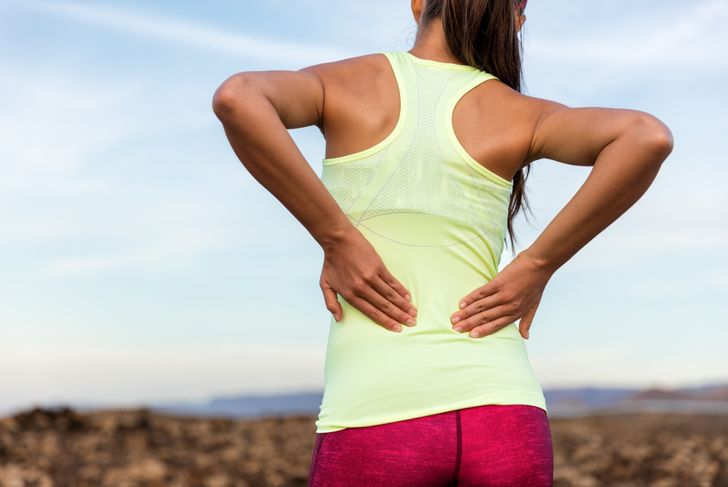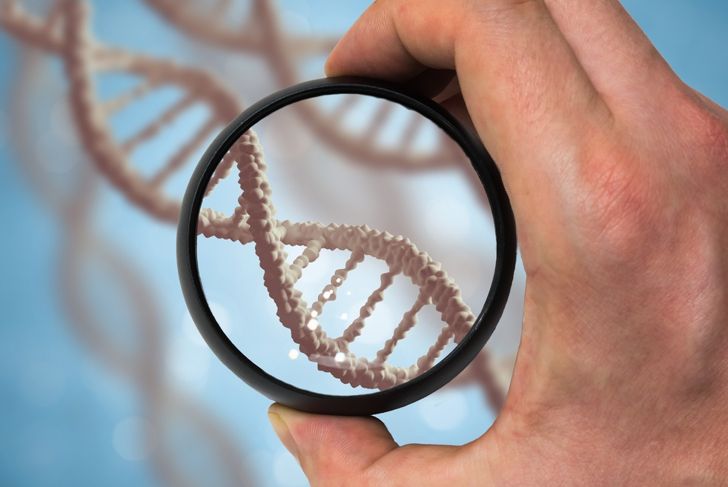Spinal stenosis occurs when the spaces between the vertebrae narrow, placing pressure on the spinal cord and nerves. This contraction can cause pain in the neck and back, and pain, numbness, and weakness in the limbs, though some people experience few or no symptoms. Spinal stenosis is typically associated with aging, although it can impact younger people as well. Timely care can reduce the invasiveness of treatment, as well as the risk of long-term damage.
Aging
Spinal stenosis is most common in people over 50. With general wear and tear, the bones begin to weaken and thin. As we age, we repeatedly put stress on the skeleton through everyday activity, accidents, and injuries. In some cases, this stress damages the spine over time. Many people with spinal stenosis also have osteoarthritis of the spine. Everyone, but older adults especially, should seek medical attention if they experience unexplained pain or numbness.
Back Surgery
A less common cause of spinal stenosis is back surgery. Following a procedure, the treatment area can swell and press on the spinal cord or nerve endings, leading to pain and numbness. In these cases, symptoms usually subside without treatment, as the swelling in the surrounding tissue decreases.
Herniated Discs
One common cause of spinal stenosis is a herniated disk. The rubbery discs between each vertebra cushion and absorb shock, helping prevent back injuries. Over time, these discs can dry out and become more vulnerable to damage. Sometimes, the fibers and gel inside a damaged disc leak out and place pressure on the nerves in the spine, leading to symptoms.
Trauma
A car accident or other significant trauma can result in spinal stenosis if the event causes dislocation or fracture of the vertebrae. Tissue adjacent to the spine may also be bruised or swollen. These factors increase pressure on the spinal cord and nerves, causing temporary or even permanent damage. Anyone who has been in a serious accident or experiences symptoms after trauma should speak to a doctor.
Paget’s Disease
Paget’s disease is a bone disease that causes new bone to develop more quickly than normal. As a result, the new bone is weaker, more prone to fractures, and may be deformed or cause pain. The disease can affect any part of the skeleton, and if it affects the spine, it can result in spinal stenosis. A specialist will likely prescribe medications and other treatments to alleviate the issues of Paget’s disease.
Tumors
Another potential cause of spinal stenosis is tumors along the spine or within the protective membrane, the meninges, surrounding it. Both malignant (cancerous) or benign (non-cancerous) can cause pressure and pain. If the tumor is causing stenosis, it will likely need to be removed, even if it is benign.
Osteoarthritis
Many older adults develop osteoarthritis, which can also cause spinal stenosis. Standard wear and tear can lead to bone spurs as the bone weakens. These osteophytes can compress the nerve endings around the spine. Proper posture, body mechanics, weight maintenance, and regular safe physical activity can reduce the risk of developing bone spurs.
Scoliosis
Scoliosis causes the spine to curve more than it should, into an exaggerated S-shape or even a C-shape. This incorrect posture can cause the spinal canal to narrow, putting pressure on the nerves. Most school-age children are tested for scoliosis because braces and other treatments can help prevent the condition from worsening when initiated at a young age. Untreated or severe forms of the condition can lead to issues such as spinal stenosis later in life. Older adults can develop a degenerative form of scoliosis that occurs in conjunction with spinal stenosis.
Thickening Ligaments
As we age, our ligaments thicken and lose their elasticity, becoming less willing to return to their appropriate location. Ligaments around the spine can begin placing pressure on the nerves in the spinal cord, leading to stenosis. This cause generally affects only older adults and is often due to degeneration from the natural aging process.
Genetics
Some people inherit spinal stenosis. Congenital disabilities can cause the spine to be more narrow than it should, which can have an effect on spine health or exacerbate the effects of trauma or general aging. Luckily, in many cases, preventative care and a long-term treatment plan can keep genetic or congenital causes of spinal stenosis from worsening.

 Home
Home Health
Health Diet & Nutrition
Diet & Nutrition Living Well
Living Well More
More